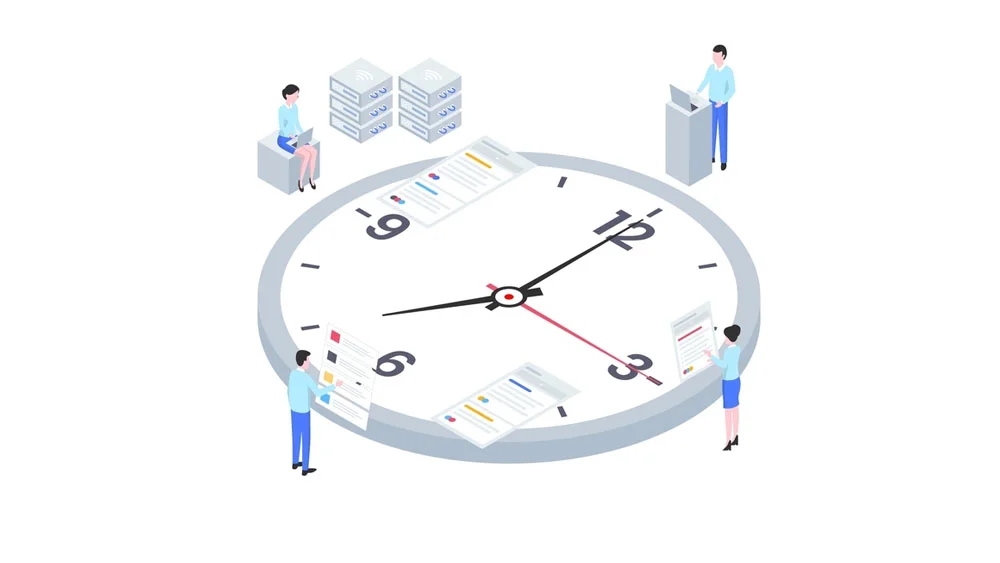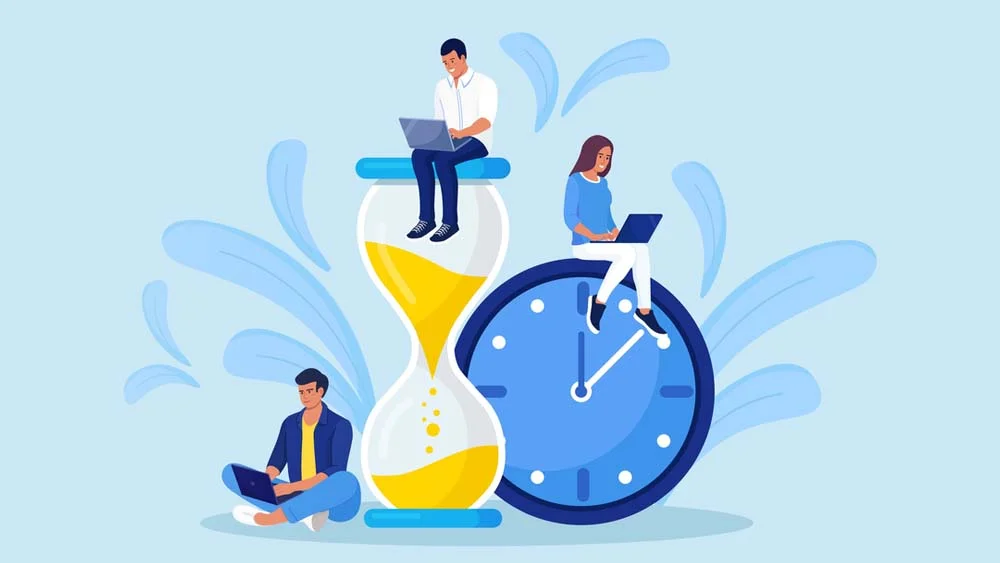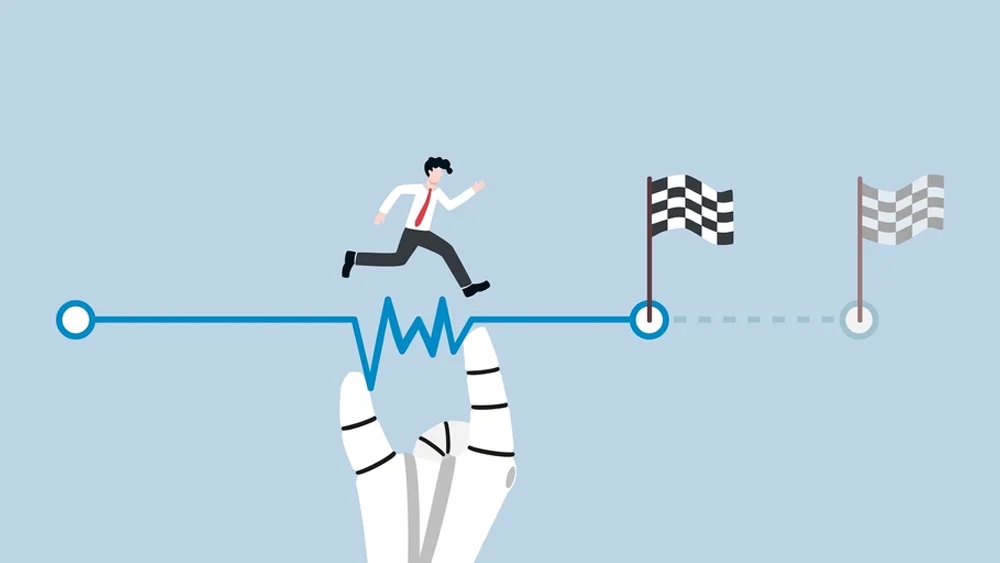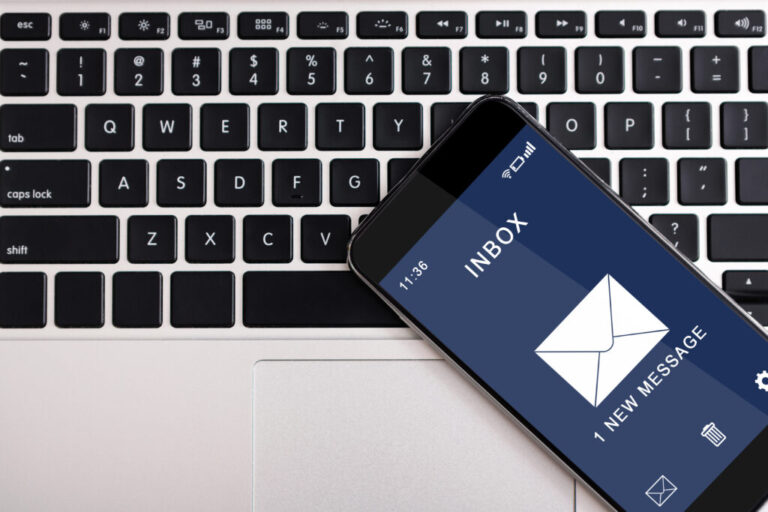People often perceive app development as complicated. It is known and seen as a process that takes a lot of time, effort, and money. But what’s real and what’s propaganda? What should you believe and go after, and which is something that is simply a myth? App development time is something that we will cross from our list for today. My guide for today is all about app development and app development time. This guide aims to provide you with an estimated timeline for developing your app using various methods. There are no-code, low-code, and traditional app development methods. And for that reason, we will delve deeply into this topic to get to know and learn all the aspects of app development time and how you can effectively create a time management plan for yourself.
A lot of people ask the developer they hired at the very first meeting, “How long will it take to create my app?” Let’s acknowledge that the answer to this question is a complex one. That is because, as a matter of fact, it depends on various factors. One factor to consider is whether your app is simple, moderately complex, or very complex. Another factor to consider is the number of features and requirements you plan to provide to your developer. These are all factors that are relevant to what I am saying. In this guide, we will uncover more time-consuming factors and see for ourselves which method of app development is the fastest and most efficient.

There are several variables that tend to shape the timeline for app development. Understanding them is something that will help you set realistic goals and know what to expect exactly. Like the legendary Damon Salvatore once said, “I don’t want to have to live up to anyone’s expectations.” This is exactly what I mean by setting realistic goals.
You wouldn’t want a developer who tells you that you will have your app ready by the end of the month and then have to wait for a year in order to actually get your app. The complexity of your app is one of the biggest factors that will help you understand your app development time. Undoubtedly, developing a simple app with minimal features, such as a to-do list or weather tracker, may require a week or two.
On the other hand, a complex app with complicated features like map tracking, real-time chat, or e-commerce capabilities can take several months. Another factor worth mentioning is the size of your development team. A small team might work more cost-effectively but could take longer to deliver. Conversely, a larger team with specialized skills may expedite the process but at a higher cost. Moreover, factors such as app platform (iOS, Android, or both), the necessity for third-party integrations, and even unforeseen issues like bugs or technical challenges can impact your timeline greatly. Therefore, it is crucial to identify and understand these factors to effectively manage your expectations, resources, and time-management plan.
Stages of App Development and Their Timeframes
Contents

App development is a structured process that unfolds in stages. You have to keep in mind that each stage requires specific attention to detail and time investment. Let’s break them down together. The first stage, known as planning, involves gathering requirements. Moreover, it requires identifying your target audience and defining the app’s purpose. This step lays the foundation for everything that follows and typically takes two to four weeks.
This is a crucial step, as it helps create a strong base for your app. Next is the stage of designing the app. This is where wireframes and prototypes start shining. That is because they bring the app’s initial look and feel to life. The completion of this phase can span up to six weeks. It is also a stage that depends on the complexity of the user interface and user experience (UI/UX) design. The third stage is coding and development.
Many consider this stage to be the most time-consuming and intensive. This is because developers write the app’s front-end and back-end code, a process that can take anywhere from eight to twenty weeks. The testing phase begins once the app is functional, ensuring the resolution of bugs and smooth operation across all devices. Testing usually requires three to six weeks. The final and last stage for app development is the launching stage. This is a phase that involves deploying the app on app stores and engaging with any initial user feedback. This is an ongoing process, as post-launch updates and maintenance are necessary to keep the app relevant and functional. Each stage contributes to the overall timeline, so rushing through any step can lead to complications later. I would advise that you take things slow and smooth in order to eliminate any chances of mistakes or errors.
The Role of Features in Development Time
Like I said above, your app’s features can significantly impact its timeline. Some features, like user authentication or push notifications, are relatively straightforward and take minimal time to implement. Other features, such as real-time chat functionality, augmented reality integration, or advanced analytics dashboards, can extend the timeline significantly. That is because developers consider these features as ones that are far more complicated than a simple push notification. Let me walk you through a hypothetical example. Imagine with me that you’re developing a feature-rich e-commerce app that might involve building shopping cart functionality.
Moreover, you may need to incorporate payment gateways, user reviews, and inventory management. Each step adds weeks to the process. To streamline development, many app creators opt for a minimum viable product (MVP) approach. This allows them to focus on essential features for the initial launch. This strategy not only speeds up time to market but also allows you to gather user feedback and refine the app in subsequent updates.
Common Challenges That Extend Timelines
During app development, even the most well-laid plans can encounter obstacles. This is life, and we cannot change it. Scope creep is a common challenge that arises when developers add new features mid-project, necessitating revisions to timelines and budgets. Communication issues within the team or between the client and developers can also lead to misunderstandings and delays. To eliminate the chances of this happening, you have to make sure that your team aligns with your app vision. While I can’t guarantee its effectiveness, it’s certainly a viable approach.
Additionally, technical obstacles, such as integrating third-party APIs or resolving compatibility issues across devices, can be time-consuming. For example, attempting to integrate a payment system that doesn’t align with the app’s architecture might result in weeks of rework. Establishing a clear project scope from the outset and maintaining open lines of communication throughout the process are crucial steps. These steps can definitely help you avoid the challenges you may encounter during your app development journey. They can also allow you to get a glimpse of your app development time. Regular check-ins, detailed documentation, and a defined change management process can help mitigate delays. Addressing potential challenges early on ensures smoother development and keeps your project on schedule.
Using Tools to Shorten App Development Time

The rise of no-code platforms has revolutionized app development by drastically reducing the time and expertise required. These tools enable users to build fully functional apps through intuitive drag-and-drop interfaces without writing a single line of code. Among these platforms, nandbox’s native no-code app builder stands out as a pioneer for native app development. This is due to its comprehensive feature set, which caters to a wide range of app needs.
With nandbox, you can create everything from social media apps to e-commerce platforms in a fraction of the time traditional development would require. For instance, while coding a native app might take six months, using nandbox’s no-code builder can cut the timeline to just a few weeks.
This speed doesn’t come at the expense of quality; nandbox apps are native, ensuring optimal performance. Moreover, the platform includes pre-built modules for features like push notifications, user authentication, and in-app purchases, streamlining the development process further. When you leverage the power of no-code solutions like nandbox, even those with minimal technical expertise can bring their app ideas to life quickly and efficiently.
In Conclusion
Many variables influence the refined and delicate process of estimating app development time. These variables range from the complexity and features of the app to the type of app and the tools used. You can create a realistic timeline and avoid costly delays. That is, when you understand the stages of development, anticipate potential challenges, and leverage innovative solutions like no-code platforms. If you’re looking for a way to bring your app idea to life quickly and efficiently, start with nandbox. As the best no-code app builder on the market, nandbox empowers you to design and launch feature-rich, native apps with ease. Visit nandbox.com today and turn your app vision into a reality without compromising on quality or functionality.





